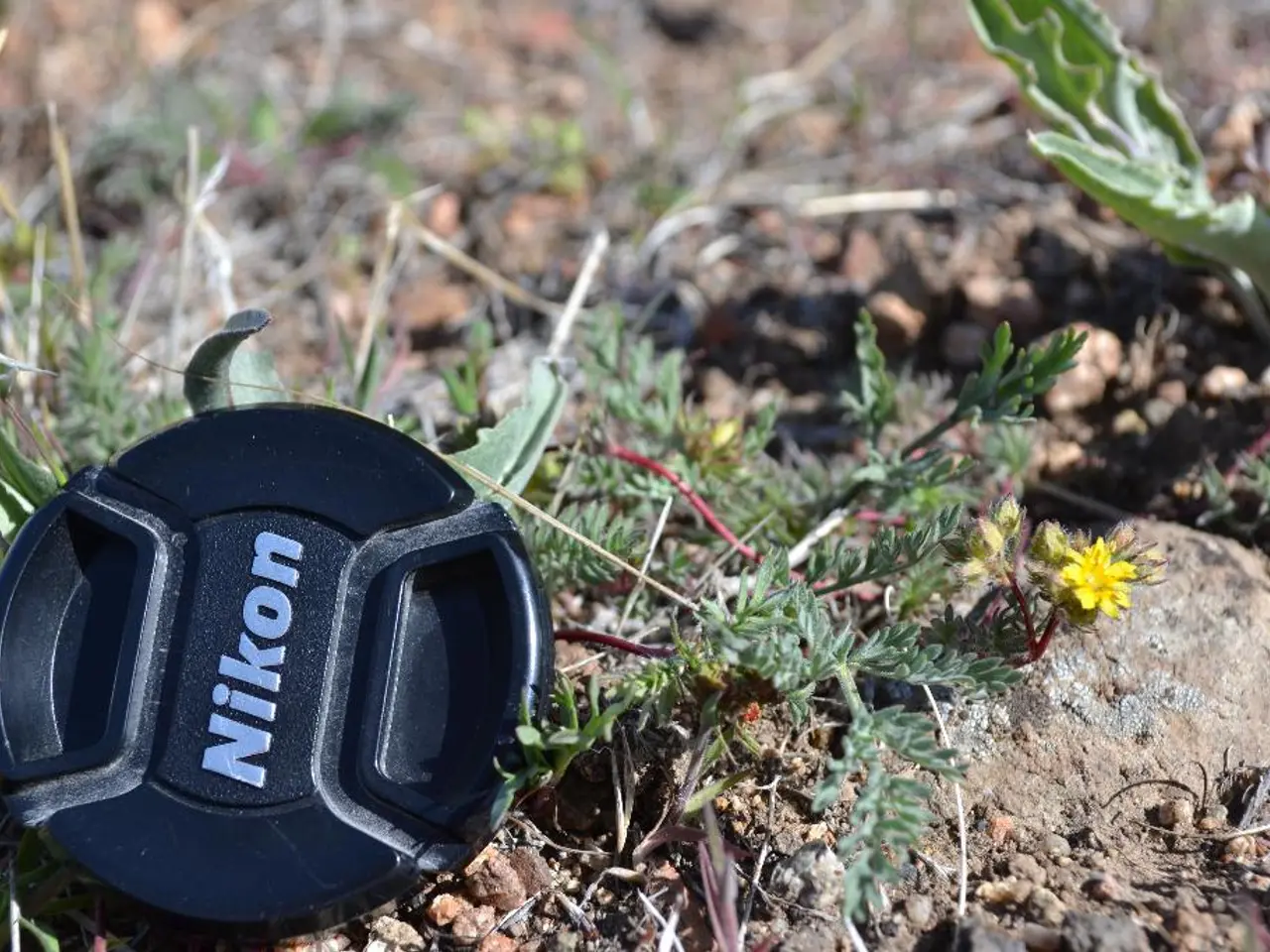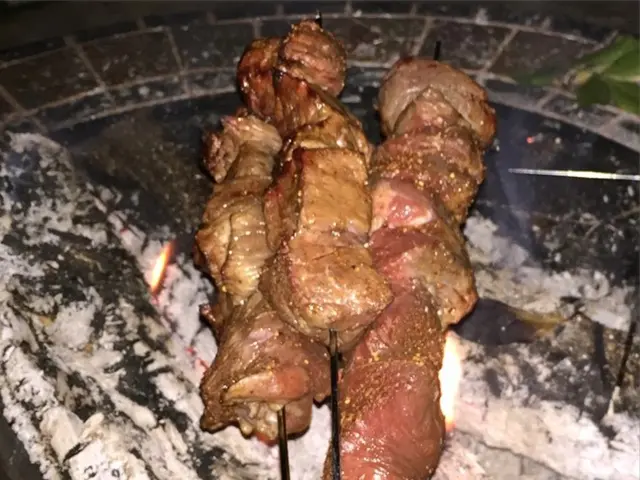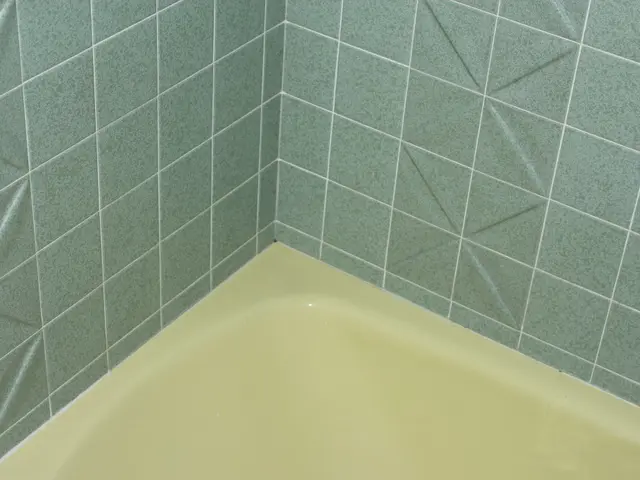Iowa's Comprehensive Landscaping and Grass Information
From the lush green expanses of a well-tended lawn to the vibrant blooms of alternative ground covers, maintaining a thriving outdoor space is a rewarding endeavour. Here's an expert-backed guide to help you keep your lawn looking its best throughout the year.
**General Lawn Care**
A consistent care program tailored to your grass species is key. By understanding whether you have cool-season or warm-season grasses, you can adjust your practices accordingly.
**Mowing**
Regular mowing during growth periods is essential. In spring and fall, mow once a week, while in hot summer, every 10-14 days will suffice. Always adhere to the "one-third rule": never cut more than one-third of the grass blade at a time. Raise your mower height in summer to help the lawn retain moisture and resist stress from heat and weeds.
**Watering**
Water deeply and infrequently, aiming for about 1 inch of water per week, including rainfall, to encourage deep root growth. The best times to water are early morning to reduce evaporation and fungal disease risk.
**Fertilizing**
Slow-release nitrogen fertilizers are ideal, particularly in late spring for growth stimulation. Apply nutrient-rich treatments in summer to help grass withstand heat, pests, and foot traffic. A regular fertilization schedule supports lawn resilience and colour.
**Soil Health and Aeration**
Aerate soil to improve oxygen, water, and nutrient penetration. Before seeding or sodding, till the top 1–2 inches to improve seed-to-soil contact. Add organic matter like peat moss or compost to improve moisture retention and soil structure.
**Seeding and Sodding**
Overseed thin or bare spots with appropriate grass species for your climate. Consistent watering is critical after seeding or sodding to ensure establishment.
**Types and Species**
Cool-season grasses (Kentucky bluegrass, fescue, ryegrass) grow best in cooler months and are common in northern climates. Warm-season grasses thrive in the summer heat and include varieties like Bermuda and Zoysia. Knowing your grass type helps tailor mowing, watering, and fertilizing schedules.
**Lawn Alternatives**
Consider drought-tolerant ground covers or native plants in areas difficult to maintain. Alternatives can reduce water use, pesticide needs, and mowing effort.
**Problems: Weeds, Diseases, Pests**
Maintain a healthy lawn to outcompete weeds; mow and water appropriately. Use integrated pest management: identify insect and animal pests, then apply targeted treatments. Monitor for fungal diseases, which can be minimized by watering early and avoiding excess moisture on foliage. Herbicides can be used carefully, ideally as part of an overall lawn care program including fertilization and aeration.
By following these expert-backed practices, you'll ensure your lawn remains lush, healthy, and resilient throughout the year. For more detailed information, consult the resources provided in the accompanying PDFs. Happy gardening!
- To maintain a healthy lawn, it's crucial to understand the requirements of your grass species, whether they are cool-season or warm-season, as this will guide your care program.
- Proper mowing techniques are essential for a well-tended lawn, including maintaining a regular schedule, following the "one-third rule," and raising your mower height in summer to help the grass retain moisture.
- Watering deeply and infrequently, aiming for about 1 inch of water per week, is key to encouraging deep root growth and enhancing the lawn's resilience.
- A consistent fertilization schedule, using slow-release nitrogen fertilizers, can support lawn resilience and colour, especially in late spring for growth stimulation.
- Soil health plays a significant role in the overall health of your lawn. Regular aeration improves soil structure, while adding organic matter like peat moss or compost can improve moisture retention and soil structure.




